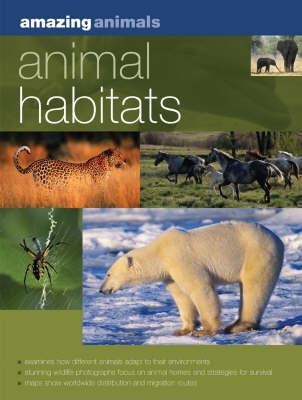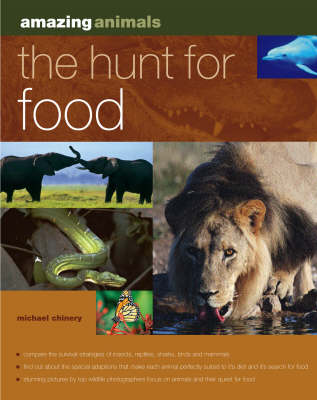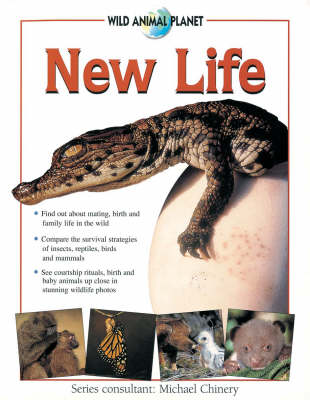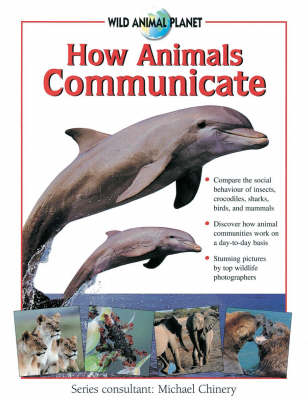Amazing Animals
4 total works
Even the most extreme environments provide a niche where some wild animals can survive and even thrive.
Focuses on the special adaptations that animals make to hunt food, and explores the similarities and differences between the various species. Examines the link between diet, adaptations and environment clearly, bringing the subject to life with amazing colour photography. An ideal reference book for 8 - 12-year-olds that supports school studies on life processes in the natural world. Animals live to hunt and hunt to live. Food is imperative to their survial and dictates the shape of its body, where it lives and its behaviour. This lively book gives insight into the diets of all types of animals, presenting a huge range, from beetles to elephants and birds of prey to whales. It explains the special problems each animal faces and the ways they have evolved to cope with their diet. Learn how animals of varying size base their hunting methods on the same theory - the element of surprise. The Hunt for Food includes many fascinating facts and is a fun supplement to school studies.
An insight into mating, birth and rearing young in the animal world. It seeks to reveal the amazing and very varied ways in which the continuance of life is assured for future generations. The author compares the mating and reproduction tactics of insects and birds, reptiles and amphibians, sharks and whales, and big mammals such as wild horses, lions and elephants. Children will learn about life processes such as metamorphosis from caterpillar to adult insect, and the growth and development of young animals and how they are cared for.
Many animals have a much more limited interaction with others of their own species than we do, but all must communicate at some point in their lives. If nothing else, males and females need to find each other and mate, and males try to dominate their rivals at mating time. This guide covers all these scenarios and presents snapshots of some of the most social animals on earth, explaining how their communities work. It also looks at some of the animals that are usually solitary and explains why they find it better to live alone - and what happens when they do meet up. This series is geared towards children and may act as a supplement to school studies. Each book presents a detailed examination of a range of subjects including animal habitats and survival skills. They all examine a wide variety of animals from insects and birds to sea animals and include colour photographs by top wildlife photographers.



